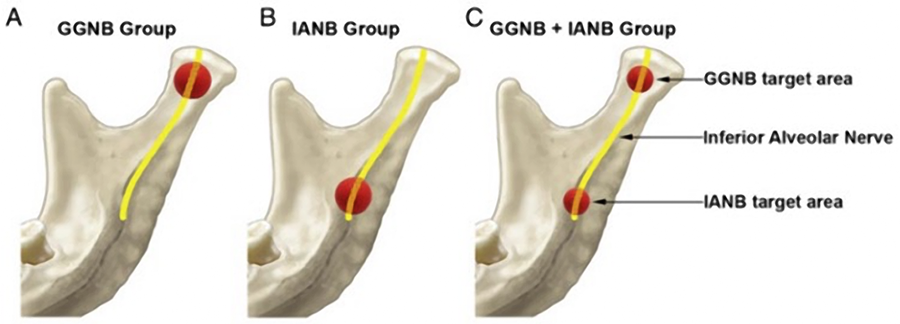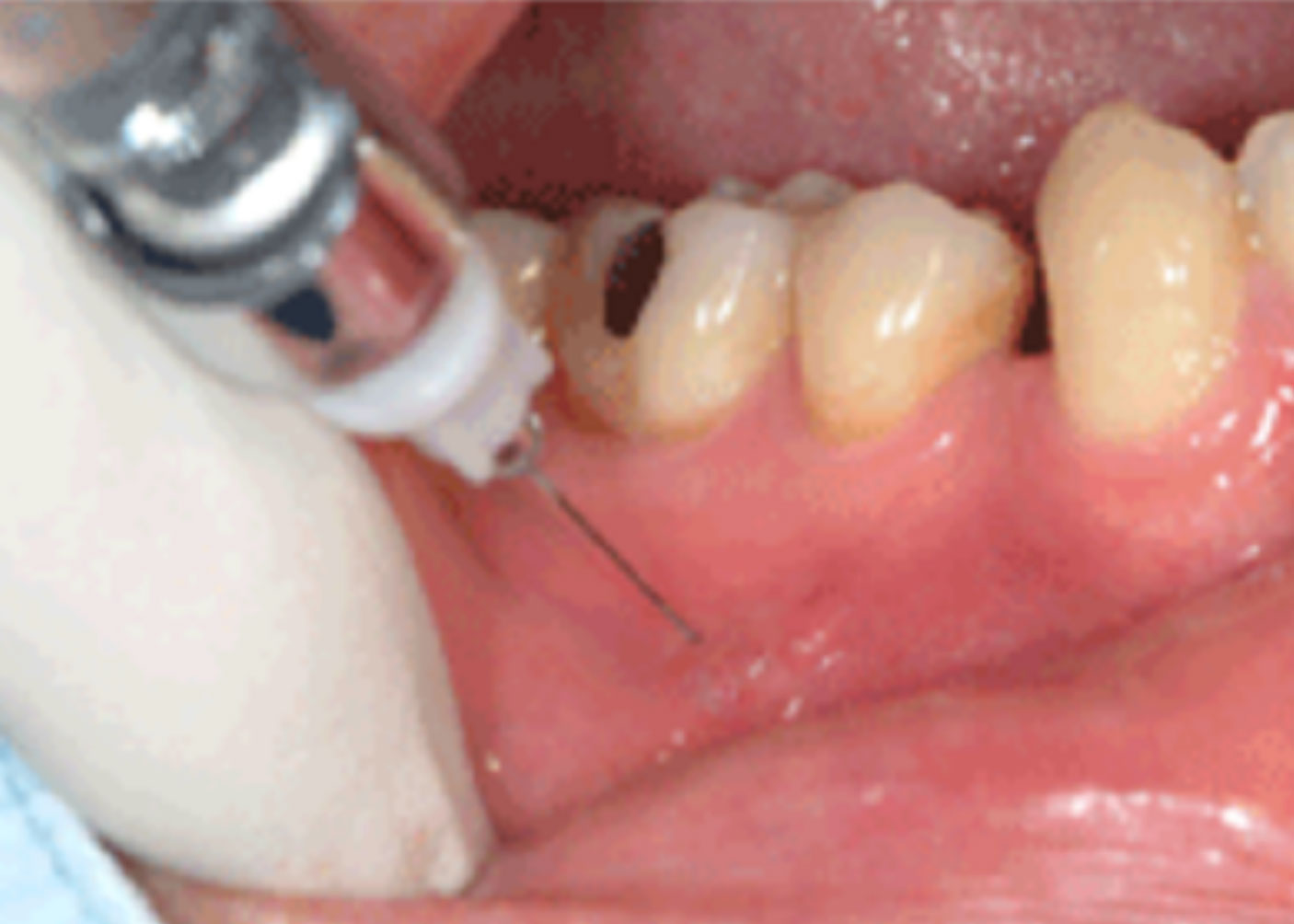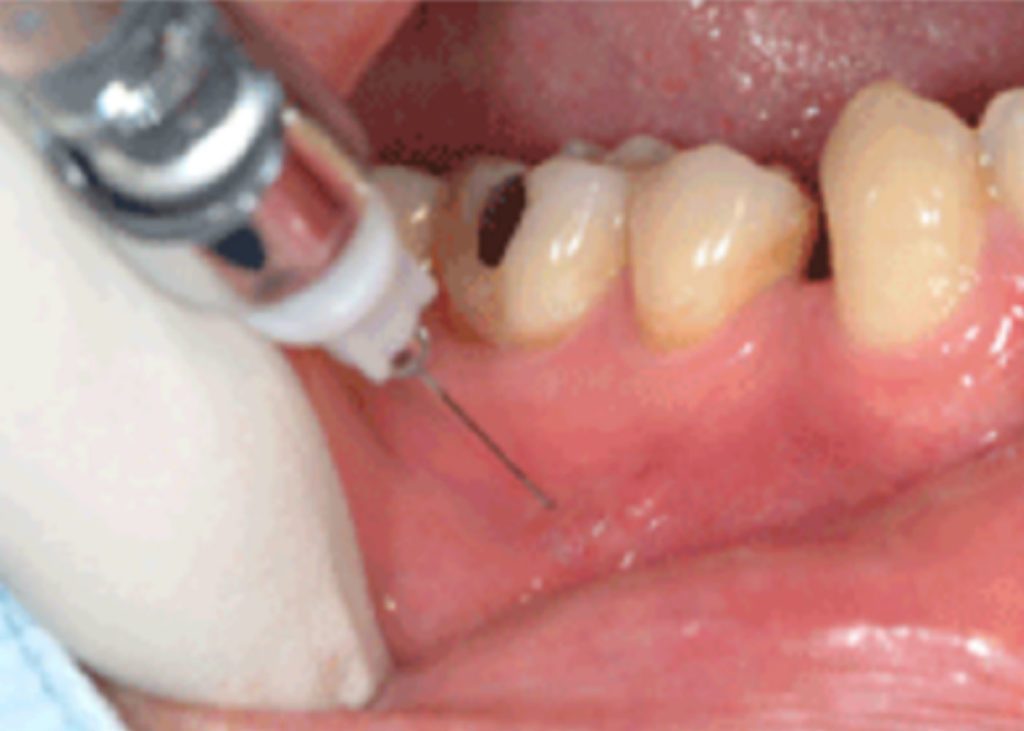Multiple studies have shown that even for uninflamed teeth, success rates for an inferior alveolar nerve block (IANB) are much lower than we think. In fact, they usually hover around the 50-60% mark, regardless of the operator!
Unfortunately, for mandibular molars with an irreversible pulpitis (the dreaded “hot tooth”), these success rates drop precipitously, to a dismal 25%, irrespective of which anesthetic is used. Even increasing the volume of anesthetic yields minimal benefit in most cases. This can lead to a very stressful appointment for both the patient and the clinician. Thankfully, recent research has provided us with some simple techniques that can greatly increase our success.
The two most common techniques for blocking the inferior alveolar nerve are the standard IANB and the Gow-Gates techniques. As opposed to the standard IANB, which targets the lingula and uses the coronoid notch as a reference point, the Gow-Gates uses the palatal cusp of the maxillary second molar as a landmark, targeting the head of the condyle. An important 2015 study by Saatchi demonstrated that for “hot” lower molars, even when 3.6 mL of Lidocaine was used, success rates for both IANB and Gow-Gates remained poor. However, when the techniques were combined, using just one cartridge of Lidocaine for each, success rates improved to about 70%!

Another extremely simple technique is supplemental buccal infiltration. Using this technique, a cartridge of anesthetic is administered at the apices of the lower molar. Shapiro et al (2016) showed that even after a failed IANB, when a single cartridge of articaine was used, buccal infiltration was successful about 65% of the time, even for second molars. Lidocaine has been shown to be unreliable for this technique.

Even with the above techniques, when dealing with a “hot” lower molar, success is still not guaranteed. Therefore, the operator must have additional tools if rescue anesthesia becomes necessary. Some of these include intraosseous anesthesia, PDL injection and lastly intrapulpal anesthesia. Nitrous oxide has also been shown also be helpful in these situations.
After putting all of this together, we now have a more robust strategy for the patient with an inflamed lower molar:
- Combine Gow-Gates and IANB using one cartridge of Lidocaine or 1. Articaine for each
- Administer buccal infiltration using Articaine
- Have rescue techniques available, including PDL or intraosseous
